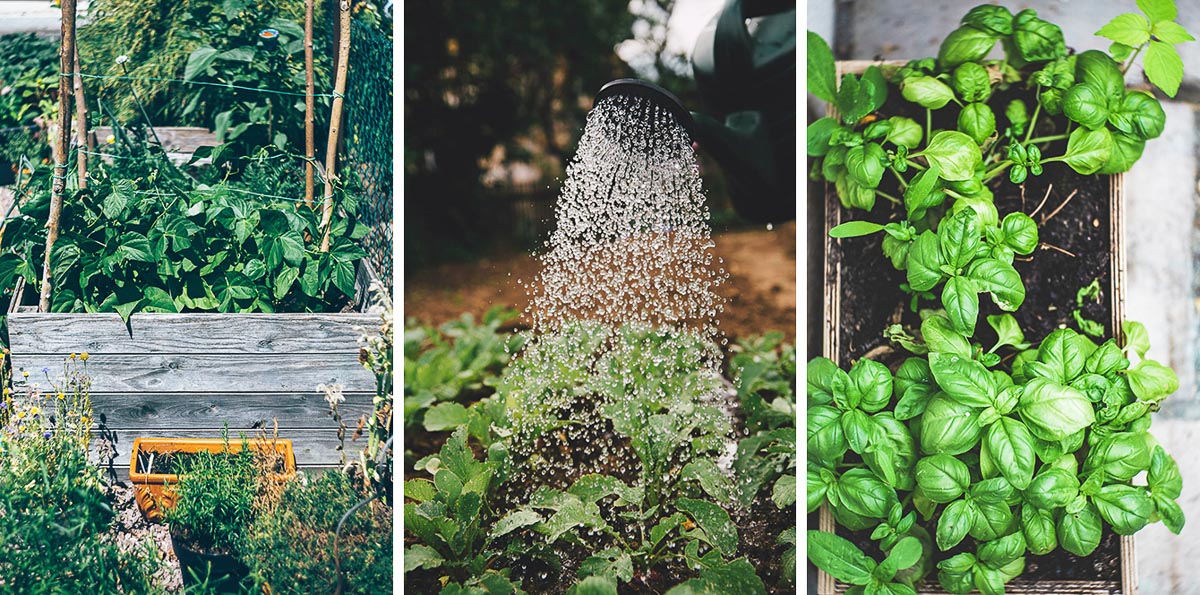Rumored Buzz on City Blooming
What Does City Blooming Do?
Table of ContentsTop Guidelines Of City Blooming7 Simple Techniques For City BloomingSome Ideas on City Blooming You Need To KnowWhat Does City Blooming Do?City Blooming Fundamentals Explained
Interested in expanding food available for sale in the City of Chicago? Thinking of starting a neighborhood yard? Modifications to the Chicago Zoning Ordinance permit farming usages like area yards and city farms in lots of parts of the city. Below is a list of regularly asked questions concerning the guidelines and policies that growers must take into consideration when preparing an urban farming project.
The zoning amendment does not modify any various other codes taking care of composting, building licenses, purchasing or leasing City had residential property, company licenses or ecological contamination. There are existing codes that manage these problems and they remain completely effect and might apply to your job. Neighborhood gardens are generally had or taken care of by public entities, public organizations or community-based companies and kept by volunteers.
Urban farms grow food that is meant to be sold, either on a not-for-profit or for-profit basis. As a result of their commercial purpose, metropolitan farms call for a company certificate. Yes. A community garden is enabled to offer surplus create that was expanded on website if the sales are accessory or subservient to the garden's primary function explained over.
The Only Guide for City Blooming
The amount of garden compost material can not go beyond 25 cubic backyards at any type of offered time according to the requirements in 7-28-715 of the City's Municipal Code. Because the dirt at the majority of brand-new garden websites requires changing, compost, dirt, wood chips, or other products can be obtained to build or enhance the growing area.

If a structure authorization is called for after that the hoophouse will certainly be taken into consideration an accessory building. You can locate out even more about the structure authorization needs by getting in touch with the Division of Structures. The 25,000-square-foot dimension restriction is meant to protect against a single community garden from controling a given block or interfering with the block's existing household or business character.
The limit does not relate to gardens found in Public Open Room (POS) districts. Can there be even more than one neighborhood garden that is 25,000 square feet on a solitary block? Yes. The dimension limitation applies to individual gardens, not to private blocks. No. Secure fencing is not required, nonetheless, gardens that have huge auto parking areas might be required to mount fence or other landscape design attributes.
Some Known Factual Statements About City Blooming
B1 & B2 areas require that all commercial use tasks be performed inside. R areas restrict industrial right here activity. The policies show the objective and intent of the Zoning Code. Is fencing required for metropolitan ranches? Yes. Fences may be called for, in addition to landscaping and screening, for specific parking lot and outdoor work or storage space locations depending upon area and the details task occurring.
Yes. Urban ranches call for structure authorizations and zoning authorizations prior to building and construction. Other kinds of city evaluation might be called for depending upon details structures, tasks, dimension, landscaping, licensing, public health and stormwater management concerns. Many of these needs are recognized in the task style or allowing procedure, nonetheless, the applicant may be accountable to individually determine specific licenses or allows that may be called for.
Yes. The kind of permit is determined by what is taking place at the site. The Department of Company Affairs and Customer Protection can aid identify the certain type of business permit that's needed. Yes. Off road parking is required for most industrial tasks in Chicago. The required number of garage is based on the number of staff members servicing website and not the square video footage of the growing room.
Not known Facts About City Blooming

A city ranch can sell garden compost product produced on site, nonetheless, the operation should comply with the policies in 7-28-715 of the Chicago Municipal Code. Aquaponic systems are permitted indoors on metropolitan ranches in several zoning districts.
Approximately five hives or colonies of honey bees might be kept as an accessory usage. Beekeepers have to sign up with the Illinois Division of Farming. For more details concerning the recommended zoning modification you might speak to the Division of Real Estate and Economic Advancement, Bureau of Preparation and Zoning at 312.744.8563.
, which takes area in rural areas at the edge of suburbs.
Our City Blooming Diaries
It can include a motion of natural cultivators, "foodies" and "locavores", that seek to form socials media established on a shared ethos of nature and community holism. These networks can create using formal institutional assistance, becoming incorporated into local town preparation as a "shift town" activity for sustainable urban development.
The extra straight accessibility to fresh vegetable, fruit, and meat items that may be realised via metropolitan farming can enhance food security and food security while lowering food miles, causing lower greenhouse gas emissions, thus adding to climate modification reduction. Several of the first evidence of metropolitan farming originates from Mesopotamia.